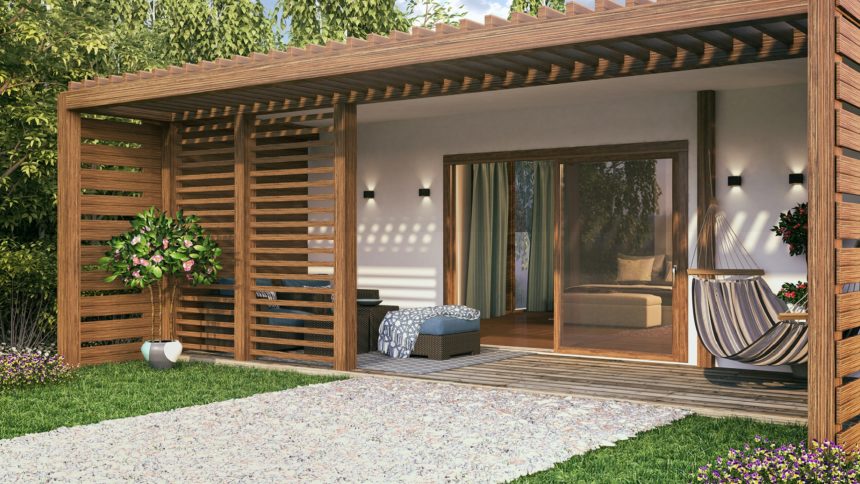
Applications are now being accepted from property owners in five pilot areas in the city of Chicago to allow for the creation of accessory dwelling units, or ADUs, in an effort to expand housing across the city.
An ordinance was approved by the Chicago City Council in December to allow ADUs in attics, basements and accessory buildings. Other common names for these types of housing units include coach houses, backyard houses, in-law apartments and granny flats. Often used as a senior housing alternative, ADUs have been gaining in popularity over the past decade, as affordable housing needs have increased. Since 2015, Portland, OR, Dallas, Seattle, Los Angeles and Miami all have seen double-digit growth of accessory dwelling units, according to an analysis last year by Freddie Mac.
In Chicago, ADUs were common throughout the first half of the 20th century, but their construction was prohibited starting in 1957 due to changes in the zoning ordinance that added parking requirements and banned secondary residential structures on Chicago lots. The ADU option is especially attractive in denser areas, where homes typically are expensive and unfit for people who might someday struggle with stairs and slippery bathtubs, and the option has become particularly popular amid the pandemic, a New York Times analysis earlier this year found.
“The December ADU ordinance allows for the creation of new units for homeowners needing extra income, or those who wish to create separate spaces for multi-generational families,” city of Chicago officials said in a statement. “It also provides a path for legalization of units that were previously built without zoning approval and building permits.”




